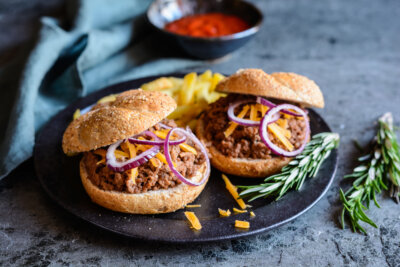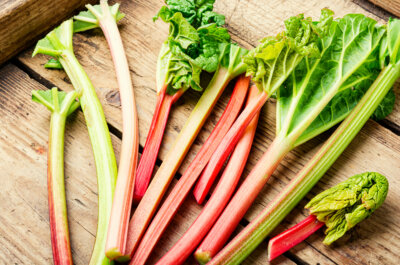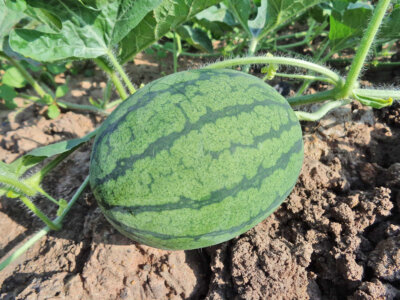Delving into the many incarnations of spaghetti sauce
Writing about Monday Munches at the Charlotte Senior Center has spurred me to acquire a lot of books about food. This week’s additions include “The Emily Dickinson Cookbook: Recipes from Emily’s Table Alongside the Poems that Inspire Them” and “The Trumpland Cookbook.”
Showing that the recipe claim is just a gimmick, the Trump book offers “Accountability Spaghetti,” with 1/16 of a two-page spread offering this advice: Cook some spaghetti, open a jar of tomato sauce and add some turmeric.
The Dickinson cookbook tells us that the kitchen was Emily’s favorite room of the house and she liked making gifts of food for family, friends and the neighborhood children, even winning prizes at local fairs.

Trying to make connections, I’ll note that “strawberry oatmeal” appears among Emily’s recipes. I can connect it with the turmeric in “Trumpland” because of my own recent experience with morning oatmeal. I like cinnamon on my cereal, so I grabbed the container and shook. I got weird oatmeal. The little bottle I’d grabbed was turmeric, not cinnamon. Raised on the dictum: “waste not, want not,” I ate the weird cereal, vowing ever after to look at food labels very, very carefully.
Actually, I find it interesting that a spice so tasty on some things is just so weird on others. Probably anticipation is key here.
You can rest assured that, whether or not the volunteer cooks at the Charlotte Senior Center put turmeric in their spaghetti sauce, they won’t offer politics and can be depended on to add some pizazz into the spaghetti they serve.
For literary spaghetti, try Agatha Christie. In “Hickory Dickory Dock,” Henri Poirot “sat down … and busied himself with keeping his moustaches out of the excellent minestrone which was served by a small active Italian manservant from a big tureen. This was followed by a piping hot dish of spaghetti and meatballs.”
Poirot’s experience is one of the offerings in “Recipes for Murder: 66 Dishes that Celebrate the Mysteries of Agatha Christie.” Anyone willing to pay $81.95, can delve into a structuralist approach. “Dining Room Detectives: Analyzing the Food in the Novels of Agatha Christie” offers parallel discussions of food and plot, demonstrating that Christie’s plots are as predefined as a recipe for baking a cake. Or cooking spaghetti.
For a straightforward account, there’s “A Short History of Spaghetti with Tomato Sauce: The unbelievable true story of the world’s most beloved dish” by Massimo Motanari, professor of medieval history at the University of Bologna. He also teaches history of nutrition and is one of the founders and editors of the “Food & History” journal.
My advice: Skip “Trumpland Cookbook.” For those who want political satire, my two Trump books offer a lot more. I’m working on book three right now. Stay tuned.
Calvin Trillin is the author of some of the best writing about eating (and a lot more). Currently, I’m reading his new book, “The Lede: Dispatches from a Life in the Press.” I mention this because I want to note that at a meeting of the National Council of Teachers of English, I ate lunch will Alice, Trillin’s wife. (Yes, I have his wonderful book “Alice, Let’s Eat.”) She was then a professor at City College of New York. She made life easy for our little group, prone to dithering, by choosing the restaurant (Chinese) and then choosing the menu, too.
Here’s the connection: When the Flying Pig Bookstore was here in Charlotte, I bumped into popular cartoonist Sandra Boynton, who, coming off the ferry from New York, couldn’t drive past a bookstore. Sandy’s father was a good friend and publisher of a number of my books. At the National Council of Teachers of English, he introduced me to Alice Trillin.
Meanwhile, back with spaghetti, included below is a link to a fascinating New Yorker article “The Ketchup Conundrum.” We learn that, with a Harvard dissertation on psychophysics, Howard Moskowitz set up a market-and-research business. One day he got a call from the Campbell’s Soup Company, the makers of Prego spaghetti sauce, then deep in competition with Ragu sauce.
Working with Campbell’s, Markowitz came up with 45 varieties of spaghetti sauce, with such differences as spiciness, sweetness, tartness, saltiness, thickness, aroma, mouth feel, cost of ingredients. Then he went on the road, asking groups of people to eat 10 small bowls of different sauces and rate each on a scale of one to 100.
At that time, there was no super-chunky on the market. Based on Moskowitz’s research, Campbell’s produced it and made a mint of money. These days, you can go for Prego chunky at $1.33 a pound or black truffle pomodoro sauce at $12.73 a pound.
This 20-year-old article is more about ketchup than sauce, and even though I have no taste for ketchup, I found it fascinating.
Whether you’d choose Prego or Ragu — or Barilla, Bertolli, Classico, Costadina, DelGrosso, Fody, Goya, Hunt’s, Michael’s of Brooklyn, Mina Shaksura Moroccan, Muir Glen, Nature’s Promise, Newman’s Own, Tuttorosso, Hannaford Traditional or one of the 7688676 others, you’d still have more big decisions. Listing just the basil possibilities would fill a page: basil with or without salt, sugar, herbs, garlic, onions, and on and on.
Instead, leave the choices to the volunteer cooks at the Charlotte Senior Center. Just come on in and relax. Let others do the cooking (and the washing up), while you enjoy good food and good conversation.
Bon appetit!
Here’s the ketchup song (http://tinyurl.com/3hht4utd), by three sisters from the Andalusia region of Spain. They took their name in honor of their father, a flamenco guitarist known as “El Tomate.”
Of course, there’s that old camp song, “On Top of Spaghetti”.
Related Stories
Popular Stories
If you enjoy The Charlotte News, please consider making a donation. Your gift will help us produce more stories like this. The majority of our budget comes from charitable contributions. Your gift helps sustain The Charlotte News, keeping it a free service for everyone in town. Thank you.
Andrew Zehner, Board Chair








